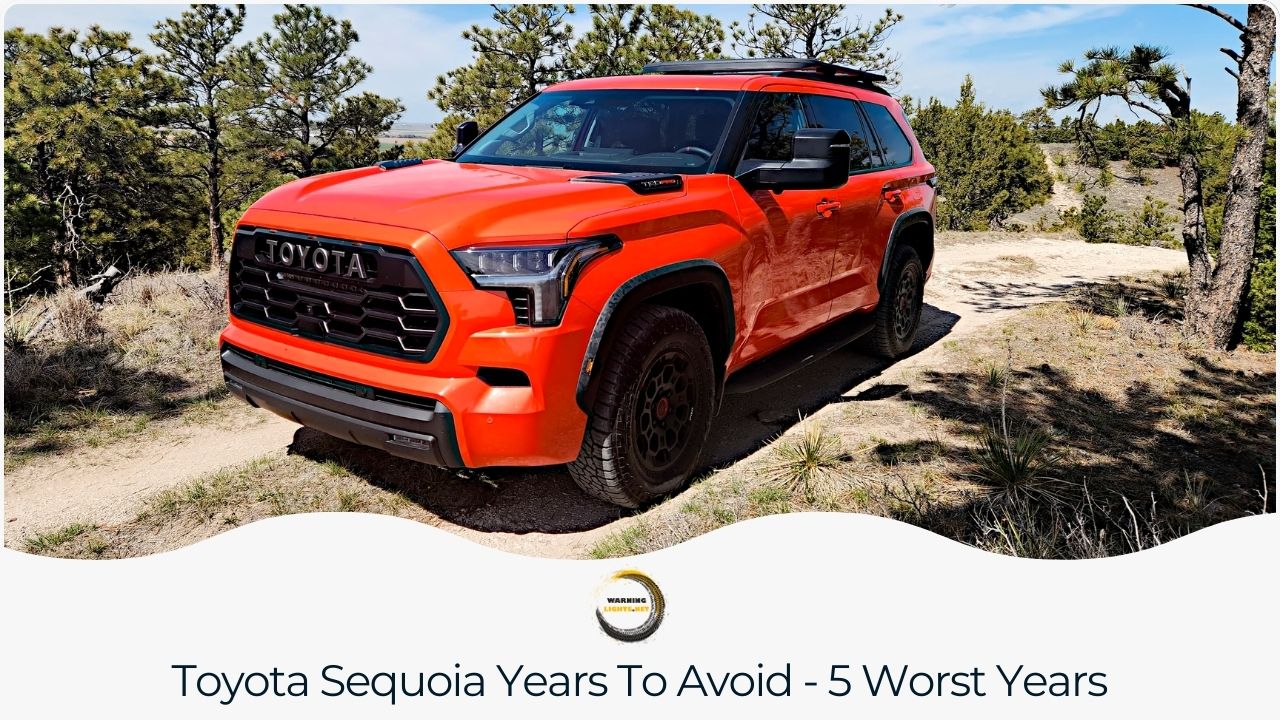Toyota initiated the production of the Sequoia, a large SUV based on the Tundra pickup, in 2001. This model ranks as their second biggest SUV, exceeded only by the Mega Cruiser exclusive to Japan.
Common complaints about various Toyota Sequoia model years often include problems with the engine, interior, and exterior accessories. These issues are consistent across different model years.
Considering which model year to buy, it’s wise to use this information to identify which Toyota Sequoia years to avoid and which are more reliable investments.
💥
Which Toyota Sequoia Years to Avoid?
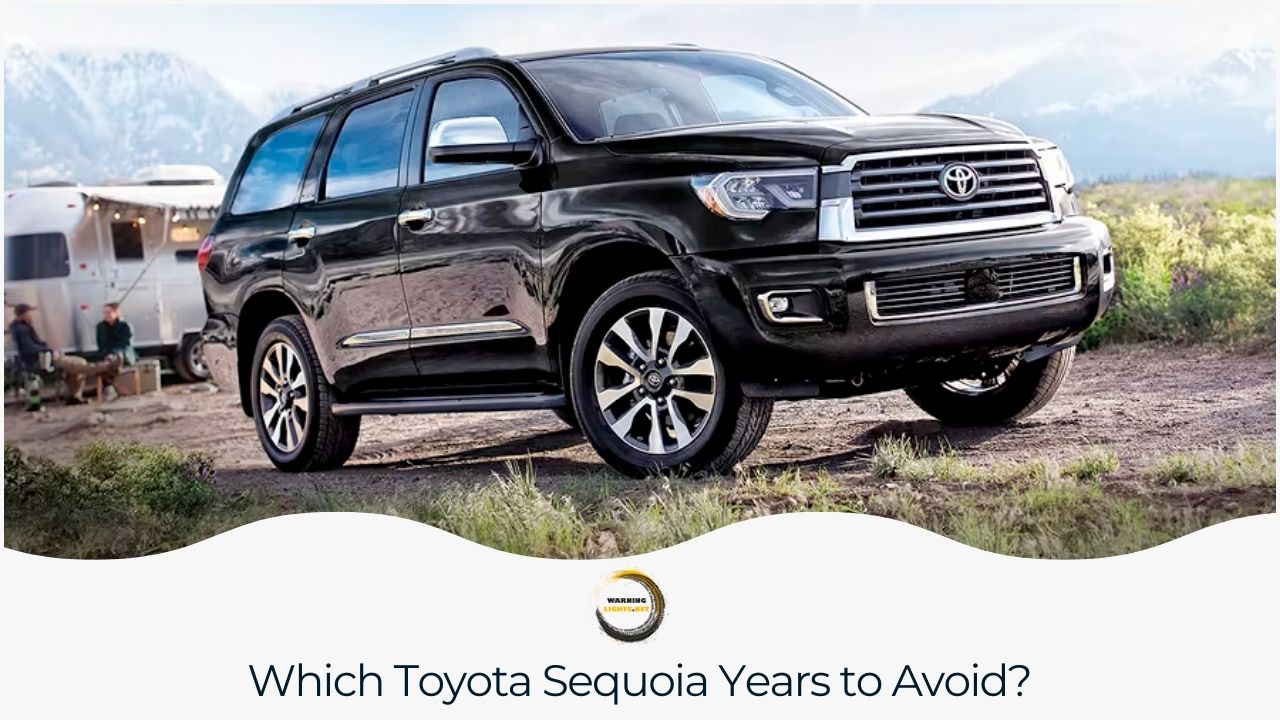
Several model years of the Toyota Sequoia are advisable to avoid. Predominantly, these problematic years are from the first generation of the Sequoia, known for needing more reliability than most owners expect.
Below is a list of Toyota Sequoia model years to steer clear of:
- 2001 Toyota Sequoia Model
- 2002 Toyota Sequoia Model
- 2003 Toyota Sequoia Model
- 2004 Toyota Sequoia Model
- 2005 Toyota Sequoia Model
Among these, the 2002 model stands out for receiving the highest complaints and incurring the costliest repairs.
Consequently, the 2002 Toyota Sequoia is often deemed the least desirable model year, considering factors like repair expenses and the average mileage at which problems arise.
Why Avoid These Toyota Sequoia Years?
2001 Toyota Sequoia Common Problems
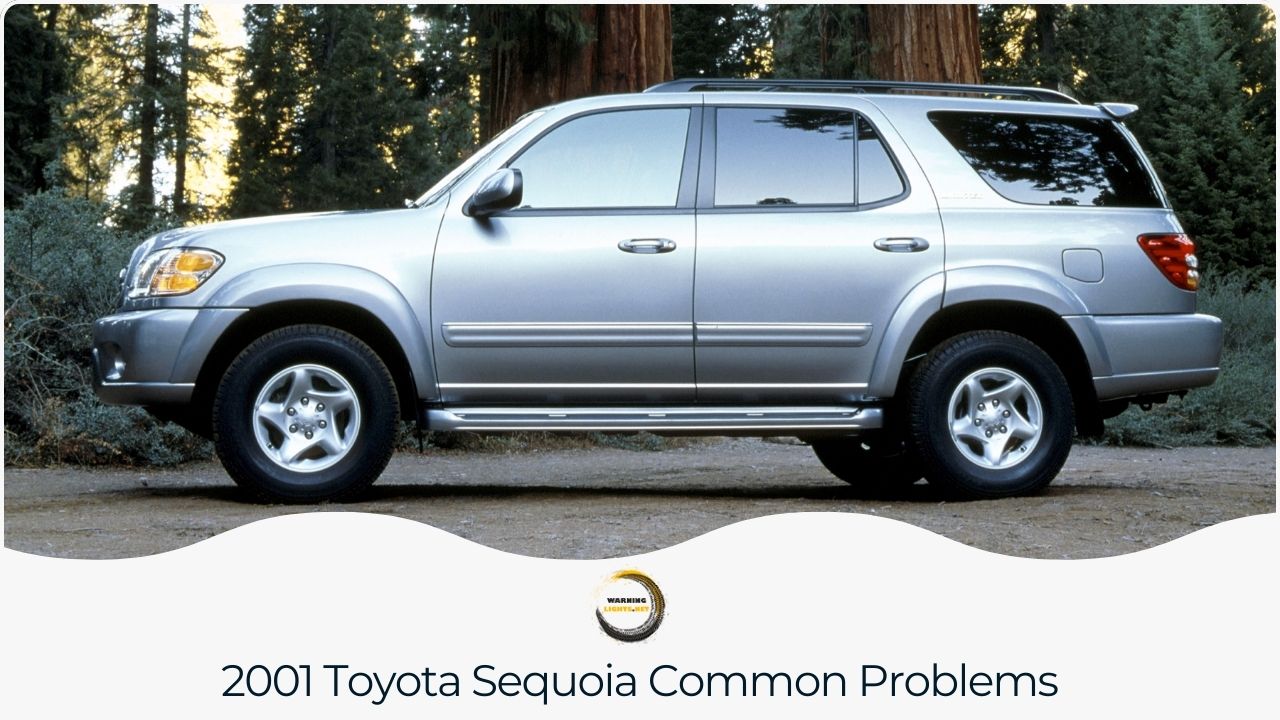
The 2001 Toyota Sequoia predominantly faced issues with its braking system, steering, and paint problems.
The SUV’s steering could be erratic, leading to unintentional veering and potential accidents. Corrosion was another significant issue, affecting the vehicle’s longevity.
Drivers also encountered malfunctioning traction control and stability assist systems, leading to confusion and reliability concerns.
Owners of this model year reported additional issues:
- VSC Traction Control Engages Without Cause
- Rear Hatch Latch Failure
- Transmission Failure
Avoid using this model year can save potential repair costs.
⚡️Another article:
2002 Toyota Sequoia Common Problems
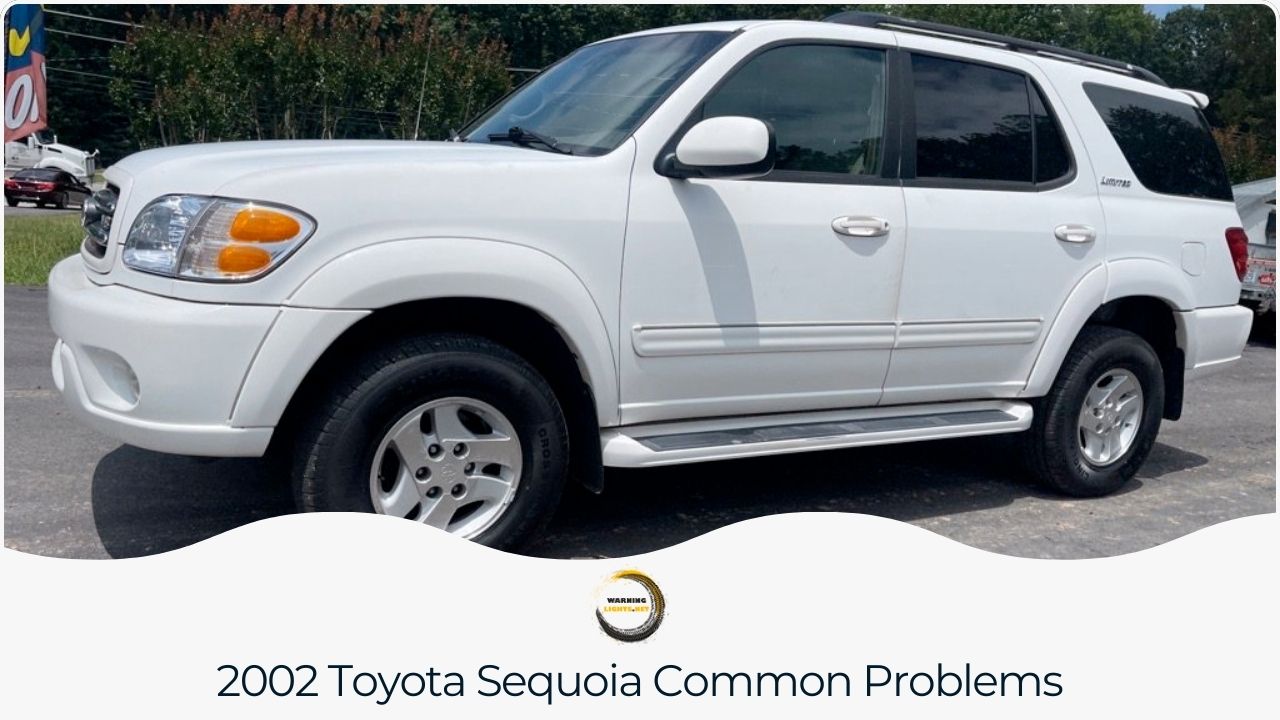
The 2002 Sequoia is widely regarded as the worst model, attracting the most complaints and recalls.
Owners frequently reported issues with error lights and broken handles on the rear hatch door.
Engine shutdowns were a major concern, posing a crash risk.
Additional problems for this model year included:
- Engine Stops While Slowing Down
- VSC or VSC/Trac Light Activation, Brakes Engage Unexpectedly
- Transmission Failures
Given its record of recalls and customer complaints, the 2002 model is undoubtedly one to avoid.
2003 Toyota Sequoia Common Problems
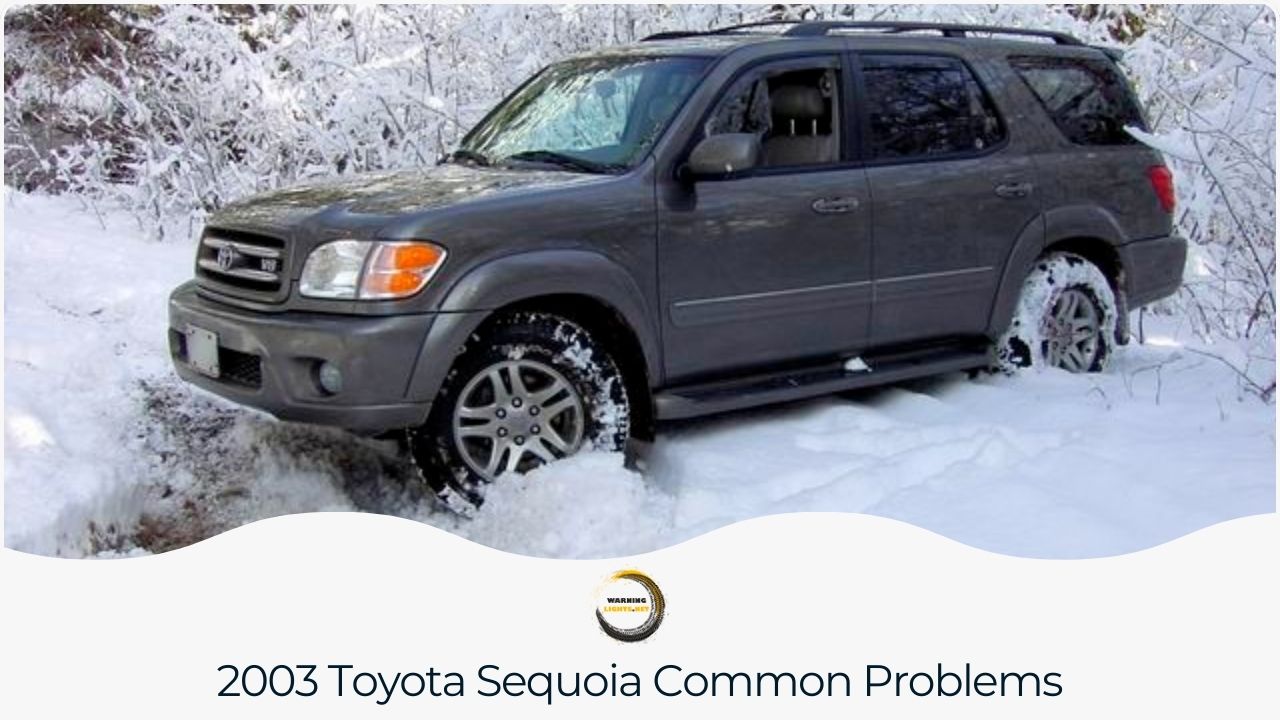
The 2003 Toyota Sequoia continued to disappoint, following the negative trend set by its predecessors from 2001 and 2002. This model year was plagued with complaints about paint quality and brake issues. Owners also reported frequent flashing of the ABS lights.
A common and frustrating issue was the failure of various handles, particularly the back hatch handle. The most alarming problem, however, was the complete failure of brakes, leaving drivers without a reliable way to control the vehicle.
Other notable problems included:
- Rust and Frame Corrosion
- Brakes Failing to Engage Despite Illuminated Brake Light
- VSC/Trac Light Activation
This model year remains another catastrophic release for the Toyota Sequoia, making it a model to avoid.
2004 Toyota Sequoia Common Problems
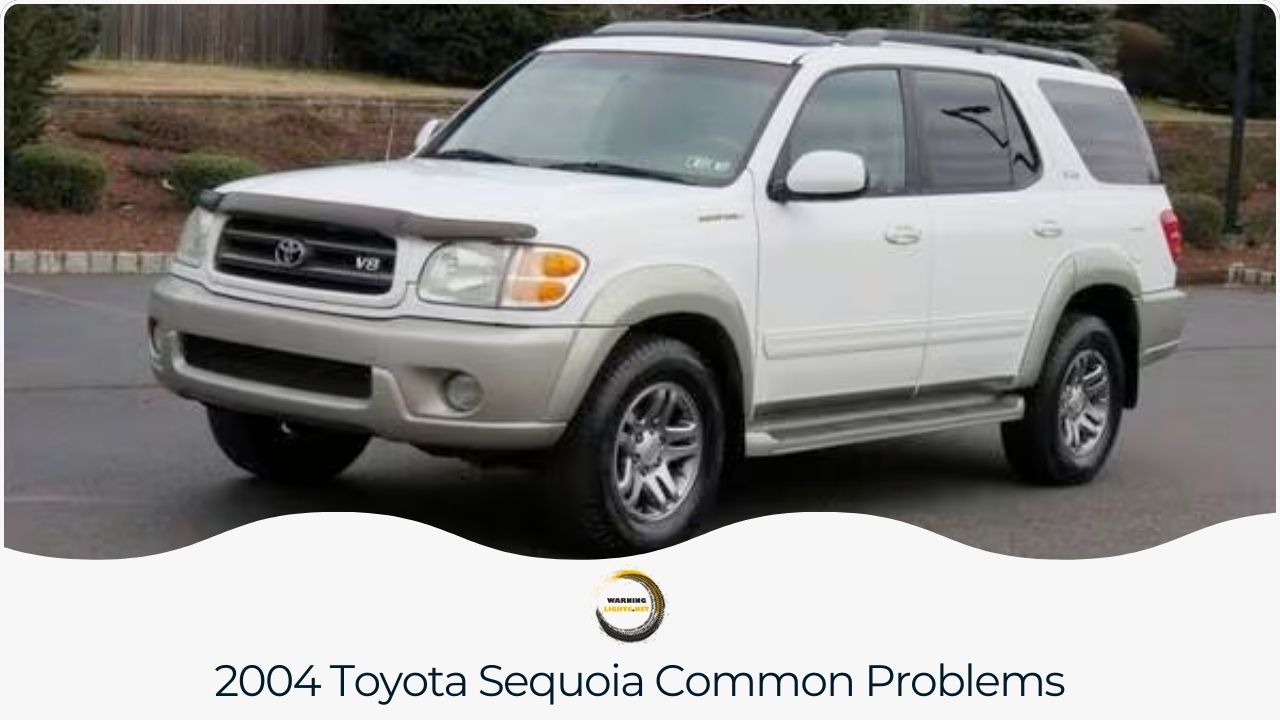
The 2004 Toyota Sequoia replicated the issues of its earlier versions, leading to widespread customer dissatisfaction. A recurrent problem was breaking the rear hatch handle, hindering access to the trunk.
Drivers reported excessive wind noise at high speeds and occasional failures of the power windows, adding to the frustration of owning this model.
Additionally, the following issues were prevalent:
- Traction Control System Failure
- VSC/Trac Light Activation
- Steering Vibration and Shimmy
Considering these persistent issues, avoiding this model year of the Sequoia is advisable for peace of mind.
2005 Toyota Sequoia Common Problems
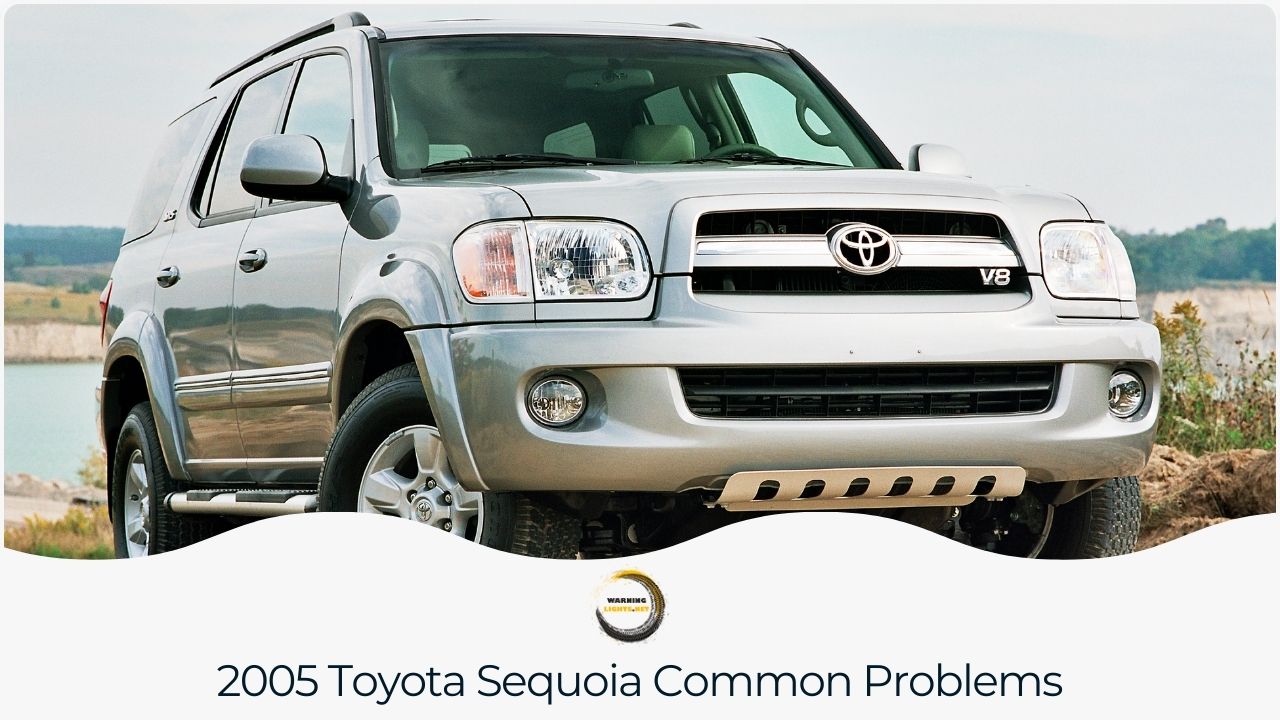
The 2005 model, like other first-generation Sequoias, inherited the problems of its predecessors. These vehicles shared many of the same issues seen in earlier models. Sudden spark plug failures were reported, causing the car to stop unexpectedly while in motion.
Moreover, there were cases where the SUV failed to accelerate despite pressing the gas pedal, and the fuel system would die without any warning lights.
Owners also faced problems like:
- Brakes Pulsating Independently
- Dashboard Warning Lights Flashing Erratically
- Traction Service Control Light Being On
To avoid costly repairs, it is recommended to steer clear of the 2005 Toyota Sequoia model year.
🚀Recommended article:
The Safest Toyota Sequoia Models to Buy
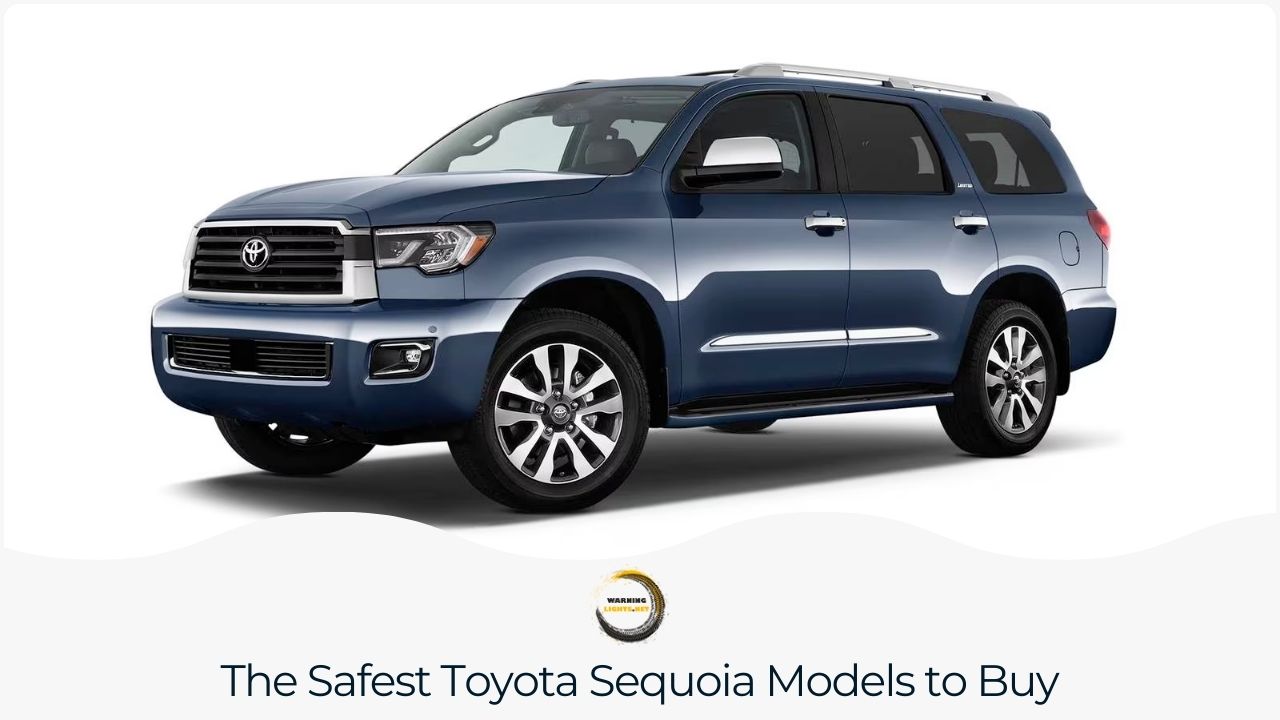
When selecting a used Toyota Sequoia, choosing a model year free from the major issues noted in earlier versions is crucial. The following Toyota Sequoia model years have undergone thorough inspections and are considered safe for purchase:
The safest Toyota Sequoia model years to buy are:
- 2009 Toyota Sequoia Model
- 2010 Toyota Sequoia Model
- 2011 Toyota Sequoia Model
- 2012 Toyota Sequoia Model
- 2013 Toyota Sequoia Model
- 2015 Toyota Sequoia Model
- 2016 Toyota Sequoia Model
- 2018 Toyota Sequoia Model
- 2019 Toyota Sequoia Model
- 2020 Toyota Sequoia Model
- 2021 Toyota Sequoia Model
- 2022 Toyota Sequoia Model
The 2009 and recent models from 2019 to 2022 are particularly noteworthy, as they have a very low number of complaints.
In Summary
Opting for the right model year can make purchasing a Toyota Sequoia a wise decision. However, it’s important to be cautious. For a safer choice, avoiding the problematic years mentioned earlier is advised.
Focus on buying models from the post-first-generation era of the Toyota Sequoia. These models demonstrate remarkable performance and stability.
Ensure each vehicle is thoroughly inspected and all recall information is current for your safety and assurance before purchasing.
Given its record of recalls and customer complaints, the 2002 model is undoubtedly one to avoid.
